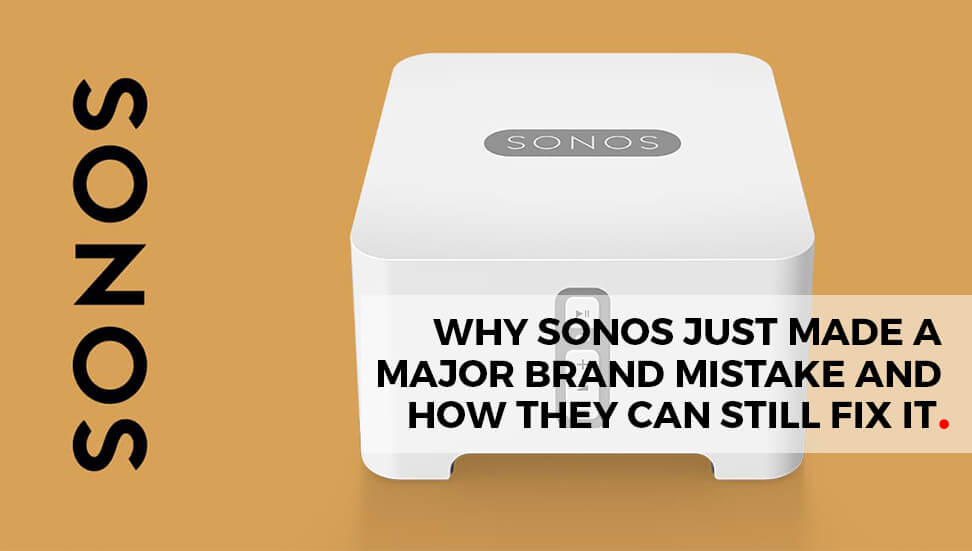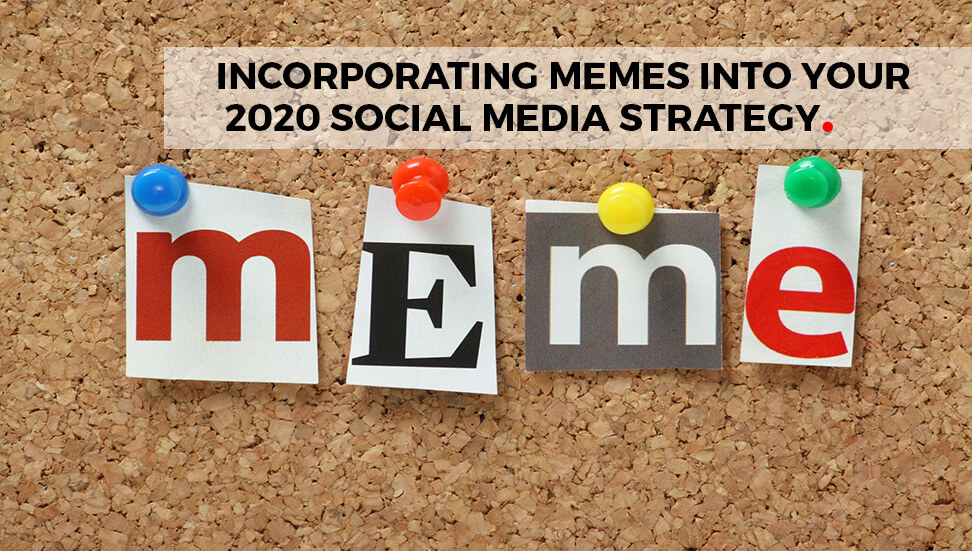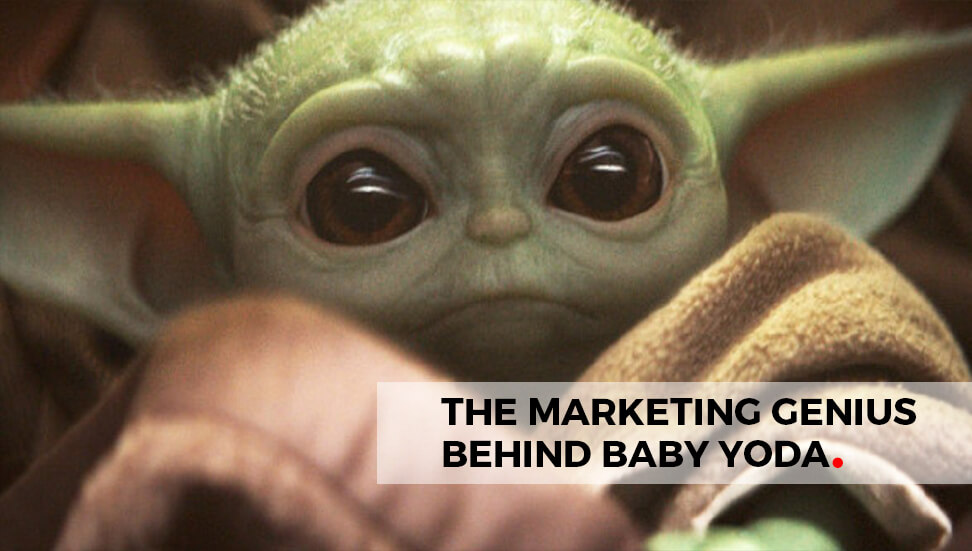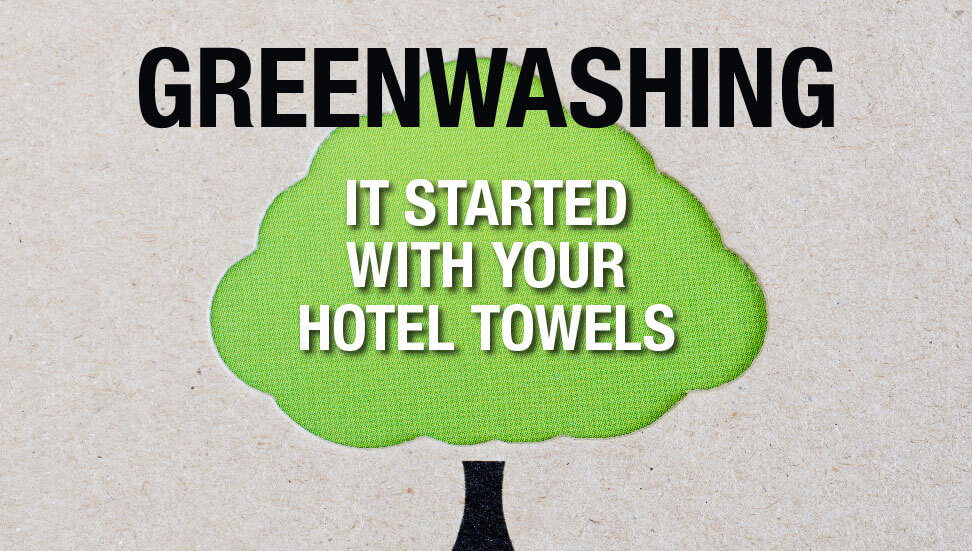Marketers will do anything to get you to buy. They will wrap it in sexy, make it funny, choose all the right colours and even bring it to your door in the hope that you will buy. Just because you can buy it, doesn’t mean you should. As personal debt rise more and more people are becoming overwhelmed by marketing and the feelings of inadequacy they produce. This ‘turning of the tide’ has bought green marketing to the forefront. Marketing now wants us to feel that they care and the way they do this is greenwashing.
With the growing trend in green marketing, there has been a definite switch to the environmentally friendly presentation of products with the intention to now catch your eye. Any change to make a product, process or company more sustainable is to be applauded, but is it all as world-changing as it seems? That’s a good question.
For quite a few decades, marketing has been aware of a growing number of environmentally conscious consumers that want to know about the products they use and the processes that made them. In the last decade, these conscious consumers even want to know about the ethics of the companies they buy from, so the pressure to perform has been on the industries to present a green face. This green face, however, was not always credible.
GREENWASHING
“The term greenwashing was first used by environmentalist Jay Westerveld when objecting to hotelier’s practice of placing notices in hotel rooms which asked their guests to reuse towels to “save the environment”. Westerveld noted that there was little else to suggest that the hoteliers were interested in reducing their environmental impacts and that their interest in washing fewer towels seemed to be motivated by a concern to save costs rather than the environment. Since then greenwashing has become a central feature of debates about marketing communications and sustainability, with “awards” for greenwashing established and numerous campaigns, law and advice developed in an attempt to reduce or curb it.”
When a phenomenon credits a name, then we have to take it seriously. Greenwashing is of huge concern to the environmentally conscious and it is a term they are not afraid to brand a campaign with, which can be hard to recover from.
CORPORATE SOCIAL RESPONSIBILITY (CSR)
We should care about the community because our customers want us to. A decade ago any kind of corporate social responsibility was driven by the loud eco-voice of a small minority. As they did not want to lose that share of wallet revenue however small, large companies hastily put into place a CSR (corporate social responsibility). These were statements or practises that accentuated any green element of the company that could be found from already established practices. Exaggerations were rife. The general feeling at the time was that sustainability demands would be soon outdated and not worth any major policy or production changes – hence the notes left in Hotels about not wanting to wash your towels to ‘save the environment’. In short, industry thought that any demand for sustainable accountability would not last.
But the demands for sustainable accountability did not go away. In fact, they increased.
Green marketing is well past the stage of simply accentuating what you are already doing that can be considered green, just as a green audience is well past the stage of just accepting your word as an eco-friendly endorsement. One thing that the sustainable dollar sector now demands is – transparency. If your CSR is not in place and completely transparent, then you will not win the purchasing power of the sustainable dollar.
Your CSR has to be endemic within your organization to gain a loyal following. You need to have reduce, reusing and recycling policies in place, ethical treatment of workers, low carbon footprint, local supply and organic ingredients. If you only have one of these elements and choose to market it, that’s fine, but be honest about all the rest. Don’t try and dress up anything that is not genuine or you suffer from ‘Greenwashing’ and credibility will take a massive dent.
The marketing also has be genuine, truthful and particularly non-consumerist consumerism. Eco-friendly buyers do not want to be sold to, they want to be informed – even involved if they can. If you don’t bring the information they desire to them, they will use the internet and social media to find out what they want to know. Be one step ahead of the game – they’ll appreciate it.
START AT THE BOTTOM
Using an initiative that focuses on the ‘bottom’ of the pyramid is the best way to increase your eco credentials. In every industry there are the lowest skilled, usually lowest paid, workers, whether at home or abroad. Any initiative that improves the lives of others is sure to draw attention. Look at Coca-Cola and its “5by20” or Visa’s financial inclusion initiative. These are evidence that you are doing something to support the cause of a sustainable future, rather than just sell a product. They worked really well too.
THE THREE P’s
Do you remember the three P’s from marketing classes? Product, Price and Placement. These have given away to the three C’s in mainstream advertising, but in Green marketing, there have arisen another three P’s:
These are the three main topics the sector behind the sustainable dollar care about – and they care passionately. They want to know not just about how your product cares for people and the planet, but what you do with your profit. They also want to know what your company as an institution is doing for people, the planet and how much of your profit figures in these activities. The sustainable dollar is very demanding! But these changes only have to be made once, and as resources are used up and pollution is produced, more and more of your demographics will demand accountability on your sustainable practices. You might as well start right at the beginning of the game and get ahead of everyone else.
If you want to be trusted, you have to learn to ‘give back’.
Learning how to successfully green market a company is an acquired skill. We have been practising green marketing for some time and know how complicated it can be. What we need to see is more companies taking on the challenge of sustainable practices and advertising adding to the community. When that happens, marketing will a community that is as sustainable as it is successful.






























